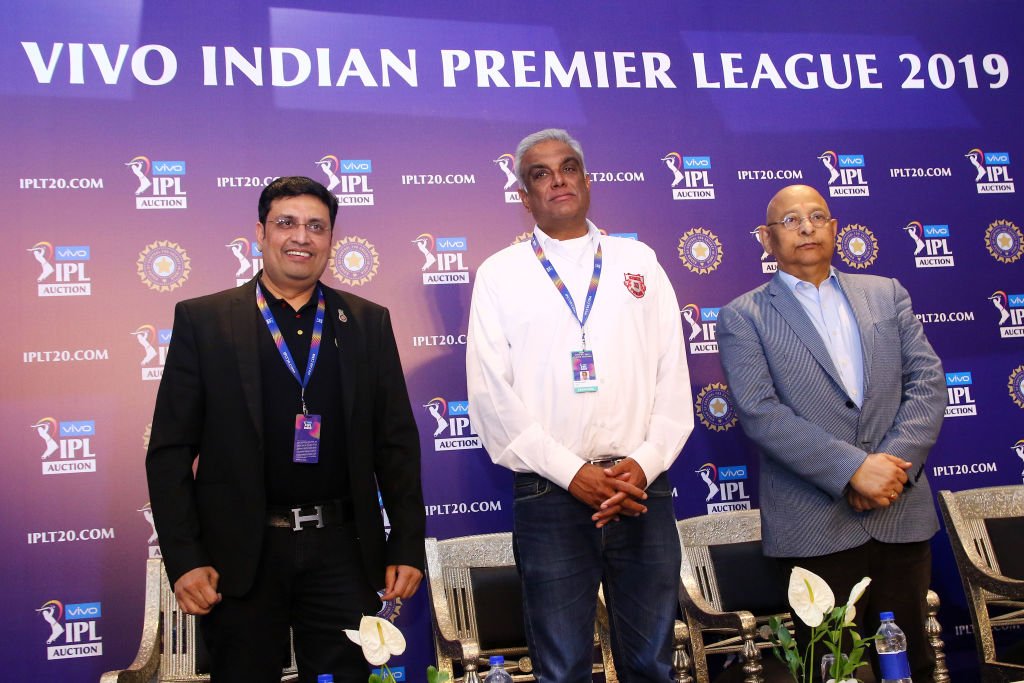
In light of India’s recent World Cup semi-final loss and other cricketing disappointments, the Board of Control for Cricket in India (BCCI) held a significant, six-hour meeting aimed at revamping India’s cricket strategy. The gathering involved crucial BCCI officials, selection committee members, and senior players, with a focus on analyzing performance issues, coaching strategies, and future squad composition. This meeting signals a determined approach to restructuring and finding long-term solutions for Indian cricket’s challenges.
Analyzing the Current Situation
India’s performance in the recent World Cup exposed several critical areas needing attention, including batting consistency, bowling depth, and strategic adaptability. Despite high expectations, India faced a major setback in the knockout stages, leading to scrutiny of both players and coaches. This marathon meeting was intended as an opportunity to deeply analyze failures and establish actionable changes. The board aimed to identify precise areas of weakness and make the necessary adjustments before upcoming international competitions.
Key Attendees and Topics Discussed
The meeting featured prominent figures, including BCCI’s top executives, national selectors, and the captain Rohit Sharma. Coach Rahul Dravid, who recently has faced criticism for India’s uneven performance, was also present. One of the focal points of discussion reportedly involved the coaching methodologies, fitness levels of players, and the balance of the team.
BCCI officials discussed the importance of a clear roadmap for team development and potentially bringing in fresh talent or revitalizing roles for veteran players. Player workload management, in particular, came under the spotlight. With an increasingly packed calendar of international matches and domestic leagues, the committee examined how to manage players’ fitness and mental well-being better. Sharma, who addressed his availability for T20 tournaments, reportedly emphasized the importance of clarity in his role moving forward.
Future Changes in Player Selection and Training
Following the meeting, the BCCI is expected to make adjustments in player selection criteria and coaching tactics. As team composition was a primary point of contention, selectors may consider infusing young talent from domestic leagues or giving longer opportunities to promising players. The intent is to bring a fresh perspective to the batting order, especially for positions that underperformed during high-stakes matches.
In the bowling department, selectors reviewed the need for more consistent and adaptable bowlers who can perform across formats and conditions. The semi-final loss revealed an over-reliance on certain players, underscoring the need for a more balanced lineup capable of adapting to various match situations.
Training routines might also see a shift. To better equip players for international competitions, the BCCI is considering implementing more rigorous, skill-specific training sessions and focusing on physical and mental resilience. This approach aims to prepare players for the pressures of international tournaments and high-stakes matches.
Leadership and Coaching Adjustments
Another crucial aspect of the meeting involved evaluating the coaching staff’s future. While Dravid’s coaching style has supporters, others within the board reportedly feel a more dynamic approach may be beneficial. Though there are no immediate indications of a change, the meeting raised the possibility of bringing in additional support staff or specialists for specific areas like fielding, fitness, or mental conditioning.
The board may also look into experimenting with dual-captaincy formats, particularly in shorter formats. This potential change could offer a fresh direction, with players specializing in different roles under the guidance of format-specific captains, thus enabling more focused leadership.
Balancing the Team’s Experience with Emerging Talent
One of the meeting’s takeaways was the importance of a blend between experienced players and emerging talent. With stalwarts nearing the end of their careers, the BCCI discussed a succession plan that would gradually integrate younger players alongside veterans. This would create a balanced team that harnesses the experience of senior players while allowing emerging talents to gain valuable exposure.
Moreover, players such as Rohit Sharma and Virat Kohli were advised to mentor upcoming stars, providing guidance both on and off the field. This mentorship can be essential in helping new players adapt to the pressures of international cricket while preserving the team’s cultural and strategic values.
What This Means for Fans and Upcoming Tournaments
For fans, these developments hint at a transitional period for Indian cricket. Changes in squad composition, potential new coaching staff, and a fresh focus on youth could reshape how the team performs in the next few years. While immediate results may not be visible, the BCCI’s strategic meeting shows a commitment to long-term growth, potentially placing India on a stronger footing for future World Cups and series.
Fans can expect to see new faces and potentially altered batting or bowling lineups. However, the primary goal will remain to create a more resilient and well-rounded team, capable of thriving in diverse conditions. As India prepares for upcoming tours, fans will closely observe how effectively these strategies are implemented and whether they bring positive results.

